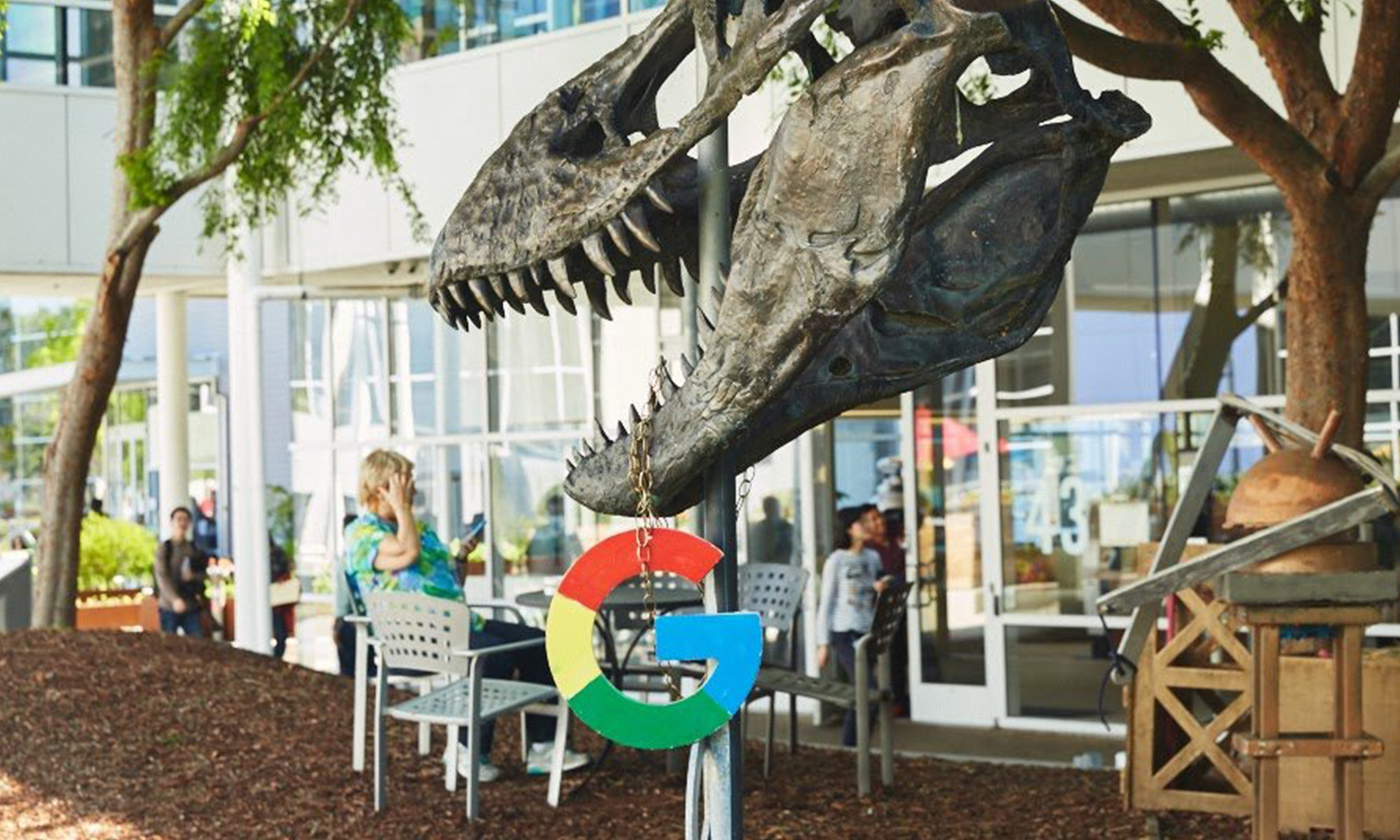Winners tend to keep on winning in the stock market. The most widely used platforms and services create a windfall of profits for the companies that own them, which can create a self-reinforcing cycle of investment and more growth.
This is certainly true for Meta Platforms (META +1.08%) and Netflix (NFLX 1.18%). These growth stocks have more than doubled since 2020. Here's why they are still excellent investments.

Image source: Getty Images.
1. Meta Platforms
Meta Platforms has benefited from a growing social media advertising market. Strong financial results have pushed the stock up 200% since 2020. But the company is making significant investments in artificial intelligence (AI) that could lead to more amazing returns for investors.

NASDAQ: META
Key Data Points
The company has rolled out the Meta AI personal assistant on all its social media platforms, including Facebook, Instagram, and WhatsApp. It is powered by the company's Llama AI model, and it's becoming one of the most used personal assistants, with around 1 billion monthly active users.
Meta is investing around $70 billion annually in technology, and it can afford it. The company generated $66 billion in net income on $170 billion of revenue over the last year.
It has the money to buy graphics processing units (GPUs) for AI research, and now it's making a play to bring in the best talent. In just the last few months, management has reportedly hired top executives from OpenAI, Alphabet's Google, Anthropic, and Apple.
This talent will form Meta Superintelligence Labs, which will work on Llama and other AI projects and products. CEO Mark Zuckerberg sees a future where AI personal agents are seamlessly integrated into wearables, including glasses (its Ray-Ban Meta AI glasses have already tripled sales over the past year).
Wearables, including watches, could become the new iPhone in the next decade, and Meta Platforms is positioning itself to benefit. It has the money, talent, and more than 3.4 billion people using its services every day, yet the stock trades at a reasonable 28 times this year's earnings and 25 times 2026 estimates. This "Magnificent Seven" company is likely worth a lot more than that, and that could spell magnificent returns for investors who buy shares and patiently hold for a decade or more.

Image source: Netflix.
2. Netflix
Shares of Netflix have had an incredible run the past few years. Even if you had bought shares in 2020 and held through the market sell-off in 2022, you would be up 155%. And even at the current $1,276 share price, it's not too late to start an investment in the streaming leader.
The Wall Street Journal recently reported that Netflix's internal goal was to double revenue and triple operating income by 2030. In response to an analyst's question about that report on the first-quarter earnings call, management said this doesn't reflect official guidance from the company, but it does see substantial opportunities ahead.
Netflix has more than 300 million paid households and more than 700 million viewers. It has a huge audience already, but the streamer's share of TV viewing hours is less than 10%. As co-CEO Greg Peters said, "We still have hundreds of millions of folks to sign up."

NASDAQ: NFLX
Key Data Points
Analysts expect revenue to grow at a compound annual rate of 11% through 2030, which seems reasonable -- and even lower than the figures reported by the Wall Street Journal. This would bring revenue to $65 billion, up from 2024's $39 billion.
However, Netflix is also improving margins, which is fueling robust earnings growth. Earnings jumped 25% year over year in the first quarter, but analysts expect earnings per share to grow at an annualized rate of 20% through 2029 to reach $49.59, up from $19.83 in 2024.
Netflix stock currently trades at 50 times this year's earnings estimate. That's expensive, but it has historically traded at a high price-to-earnings multiple, given its recurring revenue from subscriptions. The stock should continue to follow earnings growth, which could double the share price by 2030.








